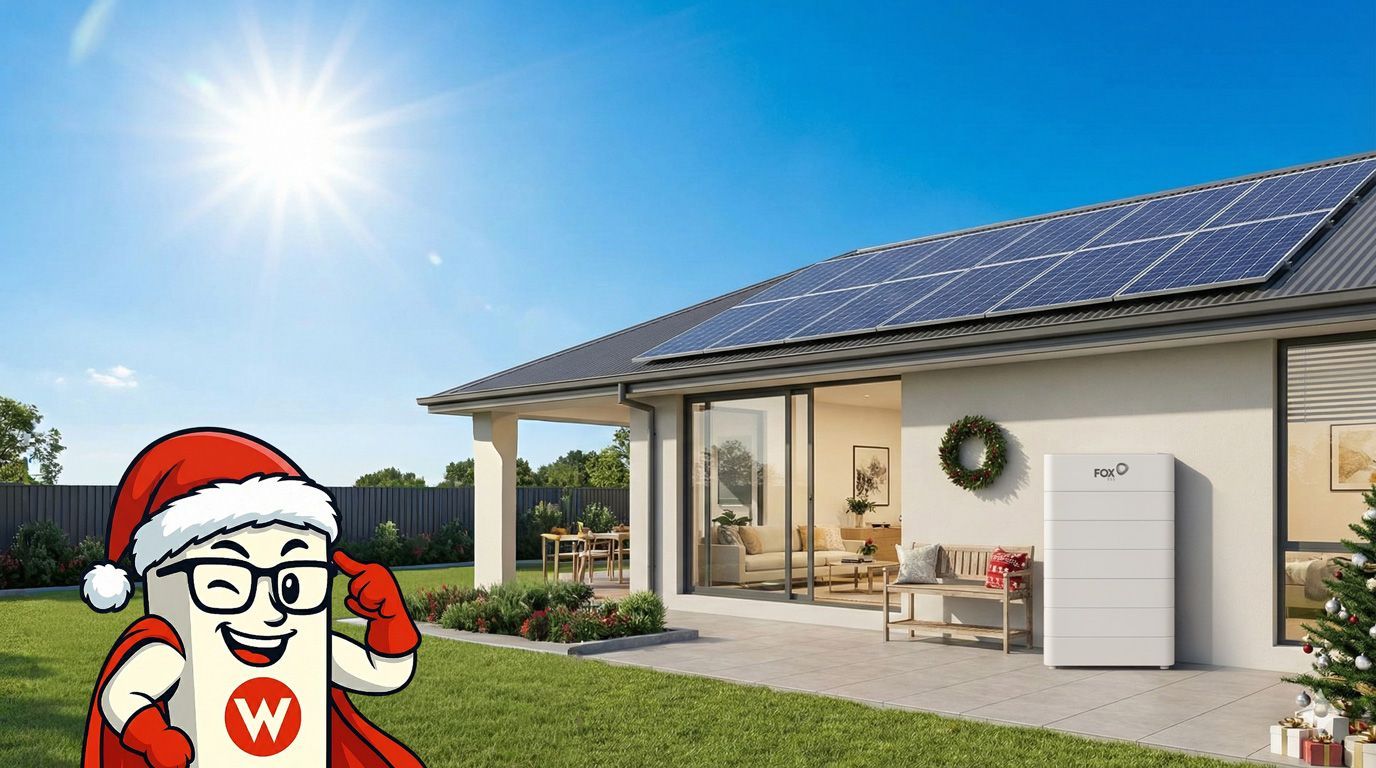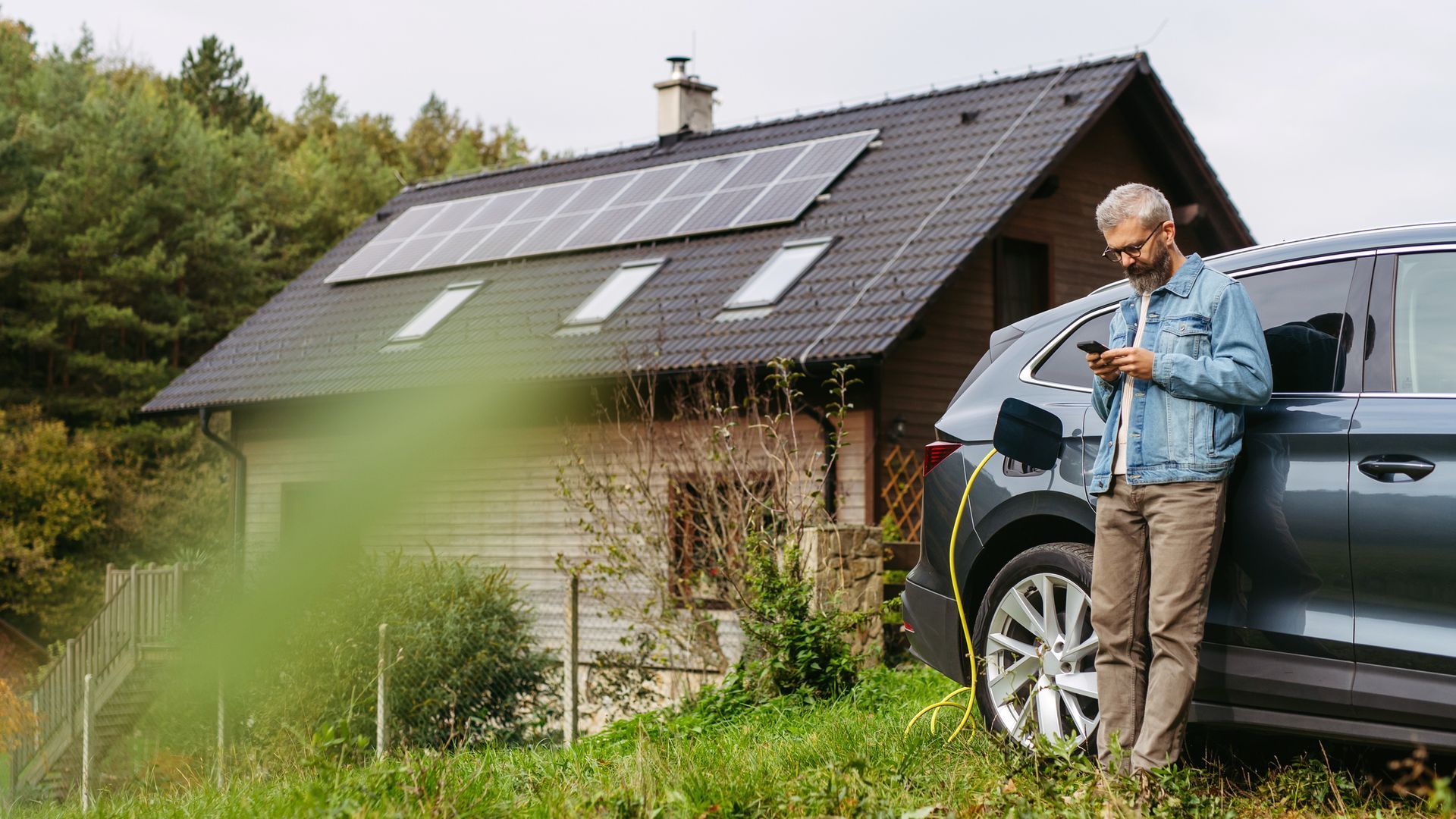Can a Single-Phase Inverter Be Installed in a Three-Phase Home?
It’s a question we get all the time:
“I have a three-phase home — can I install a single-phase battery inverter?”
The short answer? Yes, you can.
And it works surprisingly well — as long as you have the right setup.
How It Works
Australia’s three-phase bidirectional smart meters use something called the real-time offset principle. That means your smart meter doesn’t look at each phase individually — it monitors total net energy use across all three phases
.
So even if your battery inverter is only connected to one phase (e.g. Phase A), it can still offset the entire household’s usage in real-time.
💡 Real-World Example:
Let’s say your home is using the following power:
- Phase A: 1kW
- Phase B: 0.5kW
- Phase C: 2kW
- Total usage = 3.5kW
Now imagine your single-phase inverter, connected to Phase A, discharges 3.5kW from your battery:
- Phase A becomes -2.5kW (exporting)
- Phases B and C stay the same
Your smart meter sees the total net usage as zero, which means:
- ✅ No grid import
- ✅ No export
- ✅ Perfect balance in the eyes of the grid
⚠️ What You Need to Know
- Smart Meter Must Be 3-Phase, Not Just CT
You must use a certified three-phase smart meter (e.g. Chint, Acrel, etc.).
❌ Single-phase or CT-type meters won’t work — CT meters don’t read phase voltages correctly and can’t apply the offset logic. - Coordinate With Your Energy Retailer
Your installer should lodge a request with your utility company to replace the existing meter (if needed) with a compatible three-phase smart meter.
Meter upgrades are typically handled by your energy retailer or distributor.
✅ The Bottom Line
Installing a single-phase inverter in a three-phase home is not only possible — it’s increasingly common in Australia. It allows you to:
- Save on inverter cost
- Simplify your system
- Still offset your full household energy use
Just make sure the meter is right, and the install is done by someone who understands how it all ties together.




